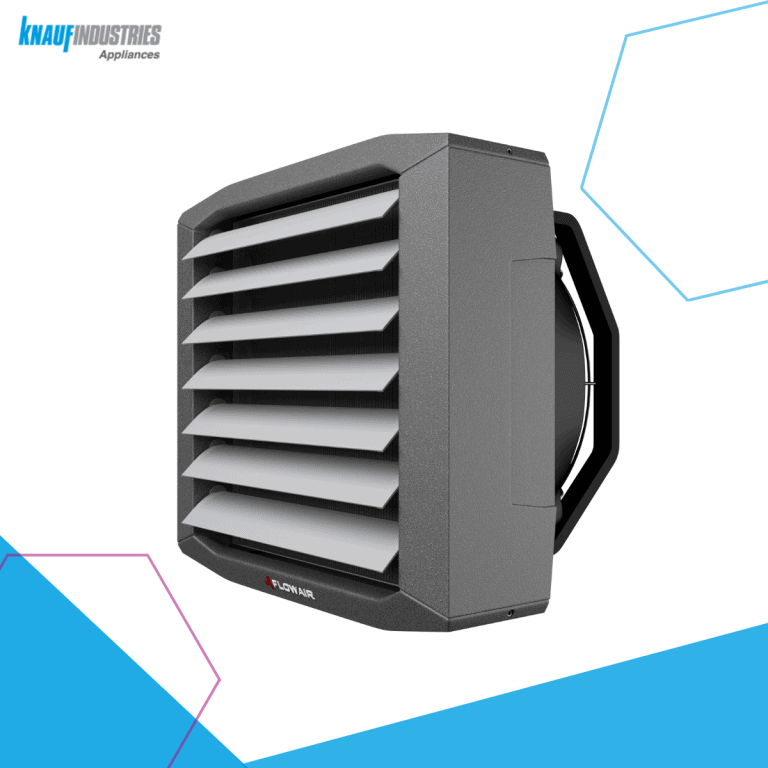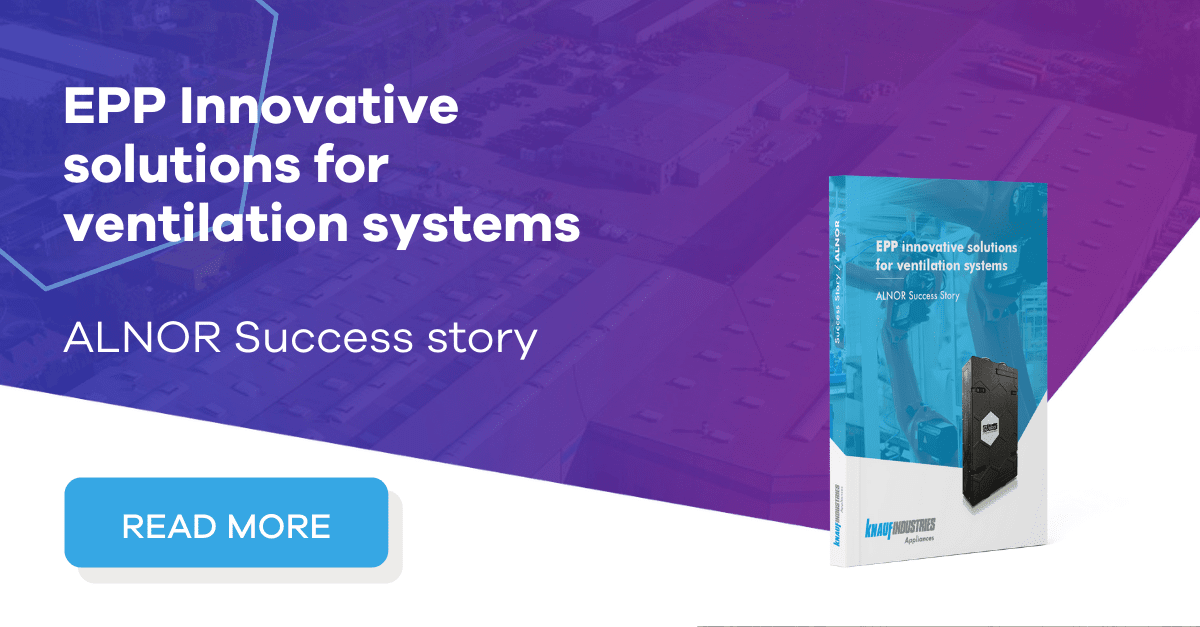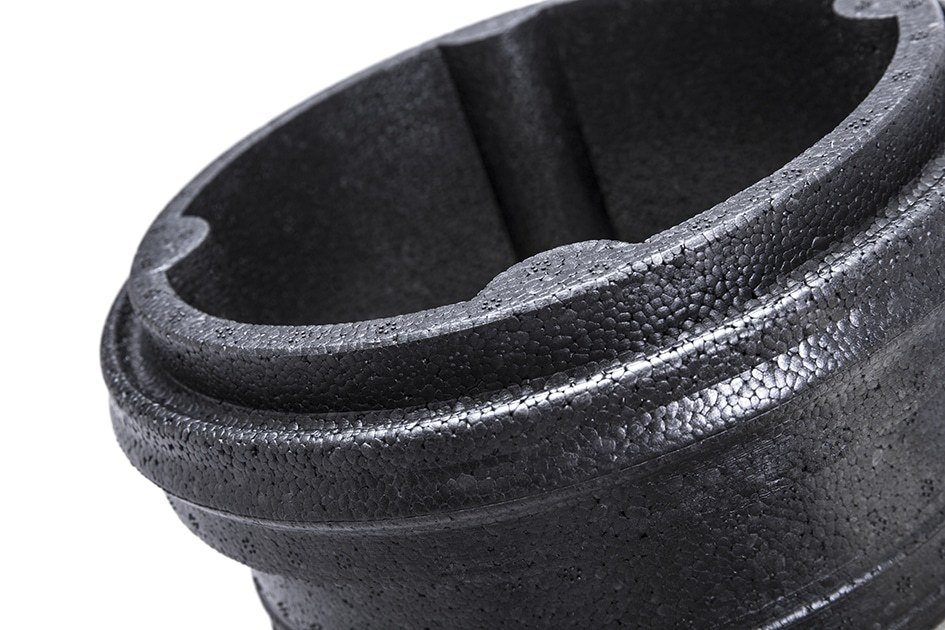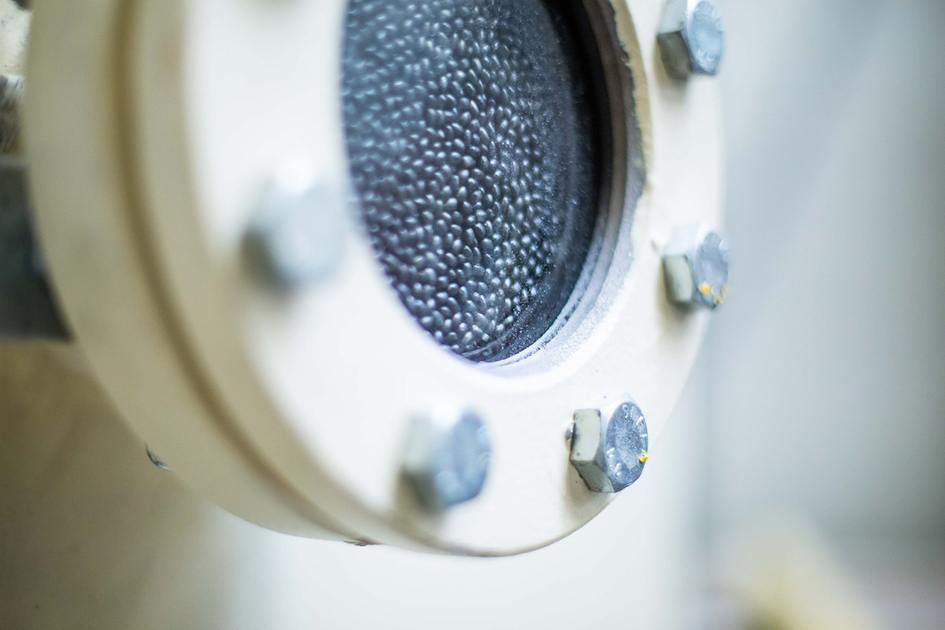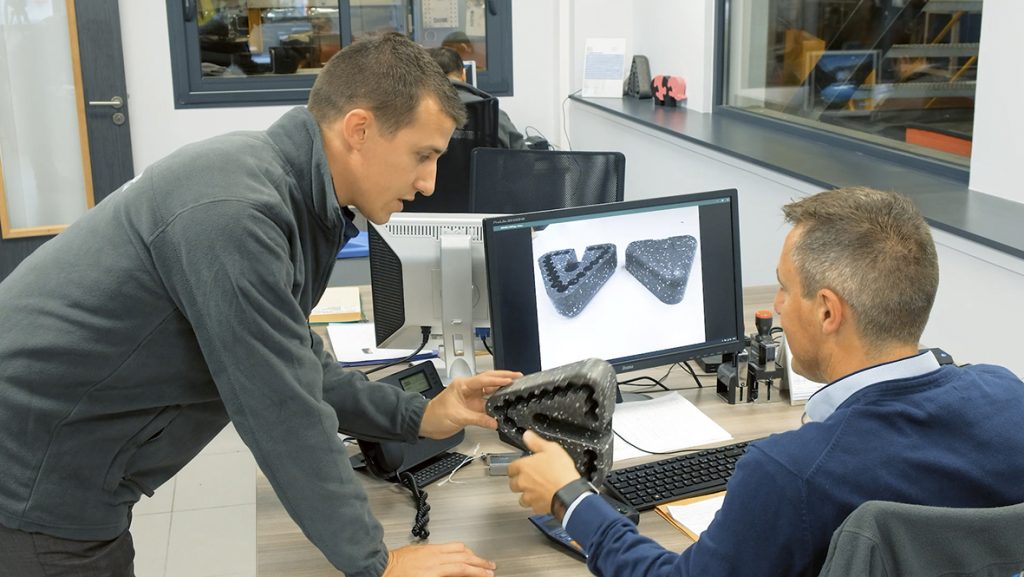Energy loss within HVAC systems has become a major issue for companies, which are more and more aware of this issue’s economic and environmental costs. The use of EPP foam presents a versatile, efficient, and economically-wise solution. We analyze how EPP foam is used as HVAC components and its main benefits.
Uses of EPP foam in the HVAC industry
The main role of EPP foam in HVAC systems is to improve its performance and prevent energy loss from happening, thanks to the extraordinary qualities of expanded polypropylene (EPP).
This includes the generation of components for duct pipe insulation in heaters, ventilation and refrigeration systems, air-conditioners, pumps, filters, and motors.
In other words, designing the right EPP pieces for different HVAC components helps increase these systems’ efficiency, while saving resources and minimizing their environmental impact.
Some of the most common applications for EPP foam in the HVAC industry include:
- Duct and pipe insulation in ventilation systems
- Insulation of pumps, water heaters, and hydraulic system
- Eliminate or limit the influence of thermal bridges
- Remove the need for additional steel frames
Benefits of using EPP foam in HVAC components
EPP heat insulation properties
EPP foam presents outstanding thermal insulation properties, which have become the main advantage of incorporating this material into HVAC components.
EPP stays stable over a wide temperature range. This allows the incorporation of this material to improve HVAC systems’ thermal insulation, reducing costly and inefficient scenarios such as heat loss.
EPP foam acoustic insulation properties
Among its many advantages, EPP foam is a porous material that presents extraordinary acoustic absorption properties. Installed on the often noisy HVAC systems, it provides an important noise reduction, thus maximizing the comfort experienced by users.
You might also be interested in: How does plastic foam reduce heat loss in HVAC
Lightweight material for HVAC components
EPP foam is an ultra-light material, which allows for an important weight reduction in HVAC. This is especially important for some air conditioning and ventilation models, which can often be wall-mounted systems.
At the same time, its lightweight properties make suspension systems unnecessary, as EPP allows for the creation of low-weight HVAC components.
EPP foam durability and resistance
EPP is a durable and resistant material that, at the same time, presents significant energy-absorbing properties and load-bearing qualities on a high strength-to-weight ratio.
It also provides ideal protection against moisture, as it’s water-resistant and not conducive to the occurrence of mold, fungi, and rust.
Design versatility for HVAC components
EPP foam is an extremely versatile material that allows for the design and creation of molded parts that adjust to each project’s needs.
This means an easy encasing of HVAC components, as the system parts can be fitted easily into the EPP mold.
On the one hand, this means these are customized components that easily adjust to each project’s needs. For instance, wall thickness can be adjusted to the system’s requirements.
On the other hand, EPP is easily manipulated, facilitating these systems’ installations. EPP foam is easy to cut with hand tools, and ducts, fittings, and other HVAC components made of EPP are easy to transport, user-friendly, and optimal in terms of production costs.
Finally, EPP foam can also provide a great aesthetic performance. Unlike many alternative materials (such as metallic components), EPP foam can be easily molded into various shapes and colors, matching diverse project requirements for industrial design.
At the same time, the surface texture of EPP components for HVAC can be designed to perform decorative functions, eliminating the need for any additional covers. For instance, at Knauf Industries we’ve developed an original palette of 36 textures in 4 lines, all corresponding to the latest trends in industrial design.
EPP foam is 100% recyclable
The use of EPP foam is sustainable in at least two ways. Firstly, it enhances energy consumption in HVAC systems, reducing their environmental footprint.
At the same time, EPP is 100% recyclable, minimizing these system’s waste generation. By reheating this material and making it go through specific recycling treatments, it may be reused in a new molding process for different applications.
You might also be interested in: 4 reasons to choose custom plastic parts for your business
Knauf Appliances HVAC EPP Foam solutions
Knauf Appliances provides customized EPP solutions for HVAC components, being in charge of designing and implementing duct and fitting sets that improve the systems’ performance.
We offer a wide array of expanded foam that guarantee the desired compressive strength, air-tightness, and stiffness, while also choosing the necessary density for each EPP material.
We understand our clients’ needs as a journey to improve their energy efficiency and work hand in hand in each project to make sure we meet the industry’s highest standards and requirements.
Do you want to learn more about EPP foam and how it’s used to improve energy efficiency in HVAC components? Download our free Technical Manual about expanded foam in the industry.
